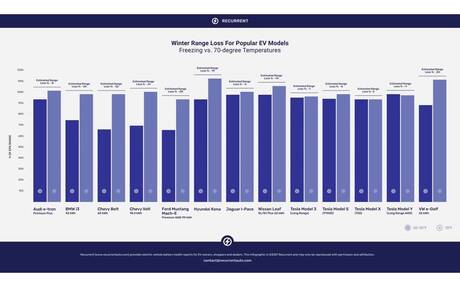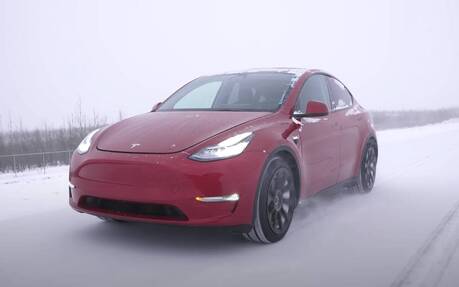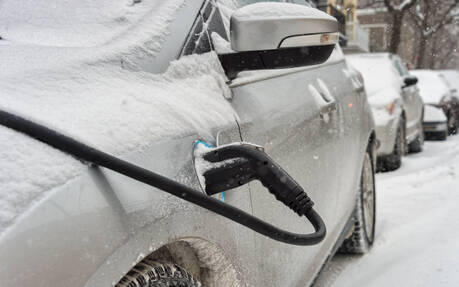New Study Sheds Light on EV Range Loss in Winter
Battery deterioration and range loss in the winter are two primary concerns of potential EV buyers in Canada. Driving and charging habits are just not the same as in the summer.
Of course, not all EVs are created equal. Some do a better job than others of withstanding temperature drops. They are often equipped with a heat pump and effective battery management system allowing them to cover long distances while keeping occupants warm and cozy.
- Also: 2022 Ford Mustang Mach-E Range Now Exceeds 500 Km
- Also: Toyota Puts EV Focus on Affordability, Not Range
A new study by Recurrent attempted to compare 13 popular EV models from the past few years. The battery research firm used aggregated and anonymized data from 7,000 vehicles in the U.S., then analyzed range at 20-30 degrees Fahrenheit (minus 6-minus 1 degrees Celsius) and at 70 degrees Fahrenheit (21 degrees Celsius) versus the official, EPA-estimated range numbers.

Recurrent warns that the range losses are based on on-board telematics and reflect the OEMs proprietary range calculations and software. The company is working to ground-truth the real-world range to understand exactly how much these models are affected by temperature changes.
Tesla Leads the Way
Tesla, which is known for having a very proactive thermal management system that kicks in at both high and low temperatures, leads all other EVs with only a small loss of range in the winter. Next comes the Jaguar I-PACE followed by the Audi e-tron, both equipped with a heat pump.

On the other hand, the Ford Mustang Mach-E, Chevrolet Volt and Bolt EV as well as the BMW i3 all lose at least 24 percent of their range in freezing temperatures. There’s a significant drop when you look at the Hyundai Kona Electric and Volkswagen e-Golf, too, but that’s because these two models manage to exceed the EPA range in the summer.
A Few Good Tips
In order to preserve as much range as possible during winter, Recurrent recommends preconditioning the vehicle remotely using a mobile app. Preconditioning allows the cabin to warm up while the car is still plugged in, drawing power from the grid instead of the battery. Remember, it takes more energy to heat the cabin than to maintain a constant temperature inside.
Recurrent also notes that EVs don’t charge as quickly when it’s cold, so plan to keep yours plugged in more often and for longer periods. One last tip: limit regenerative braking in the winter to protect the battery from damaging charges when cold.
